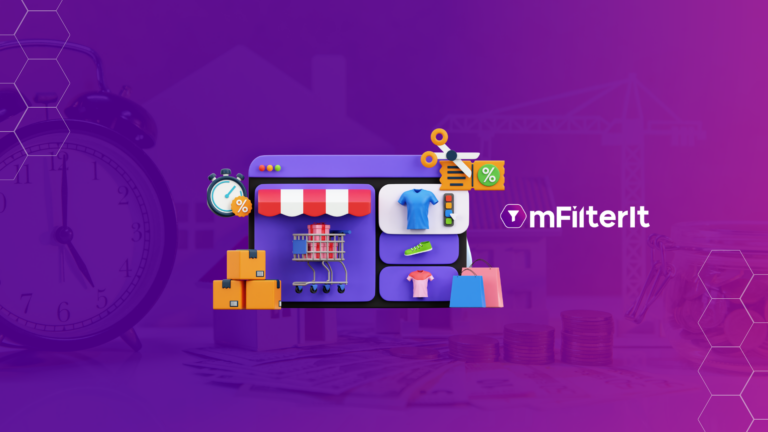Things are changing rapidly in the digital commerce arena. A lot of smart, socially conscious, and sustainable D2C startups are entering the fray, each one telling the customers why they need to rethink product choices and buy only the products on offer.
While that is the job marketers must do, what they need to remember is that for online shoppers, price is still a key consideration. You might hear that product pricing is no longer relevant, and customers prefer quality over discount now. That might be right for particular cases and luxury commerce products but the comparison of average prices and trying to get products at lower rates is something that always attracts online shoppers.
Barring some instances, customers tend to do a thorough pricing comparison to identify the best deals and buy from sellers that offer more suitable prices.
That is where the challenge lies. There are new brands entering markets almost every day and it is humanly impossible to keep track of the product pricing of each new player. When you look at a platform like Amazon, chances are that sellers offer a discount that causes variations in the pricing of the same item, and customers would naturally go for the seller that offers the best value. Competitive pricing analysis and smart product pricing is the only way to beat the competition, and for that, digital commerce players need to use digital commerce intelligence tools that enable the monitoring of price trends and facilitate data-driven dynamic pricing.
Table of Contents
ToggleWhat is Competitive Pricing Analysis?
Competitive pricing analysis is the process through which digital commerce brands can undertake competitive analytics of the pricing strategies of their rivals. They can monitor price trends, and choose competition-based pricing. When such pricing strategies are adopted, brands can identify and cover the market gaps by ensuring that they offer discounts or pricing that makes the products more appealing to the customers than the competition.
Let’s take a deeper look at some of how competitive pricing analysis can boost eCommerce brand growth across the digital commerce ecosystem.
-
Outpacing the competition:
One of the biggest benefits of undertaking pricing analysis is that it enables brands to monitor price trends continuously, and they can base their pricing decision on the prevalent trends. You can sweet spot the pricing and outpace the competition through such smart pricing strategies.
-
Formulating a data-driven pricing strategy:
Since competitive pricing analysis empowers brands to monitor market trends, you can use the right competitive analytics tools to understand the price metrics and figure out the best average price for the product. This ensures that the price is neither high enough to discourage the customers nor too low to make you lose out on potential revenue. You also get to identify which products are popular and trending, and which ones are not, and adopt a dynamic pricing strategy to boost sales accordingly.
-
Tracking MAP (Minimum Advertised Price) violations (also called Pricing violations)
A study revealed that 50% of the time, unauthorized sellers ignore a brand’s Minimum Advertised Price (MAP) guidelines. These violations adversely affect a brand reputation and also reduce profit margins. That is why you need to monitor the minimum advertised price violations. However, it is almost an impossible task manually since there are going to be a large number of products on multiple eCommerce marketplaces. For instance, an authorized seller be selling product A above MAP, but someone else on another portal could be selling it at a 5% lower price. You won’t know it, but will bleed sales and revenue. That is where it is extremely important to use digital product pricing trackers that can identify minimum advertised price violations and enable remedial action by your brand. If a product is sold below the threshold price it could severely hamper brand reputation.
-
Offering Attractive pricing and discounts boosts customer acquisition and retention
When you undertake pricing analysis and monitor all pricing trends, you can create pricing strategies that are competitive and attractive. Customers would not only buy from you but keep coming back if they perceive the brand as value-for-money and trustworthy. In the competitive environs, where customer acquisition is getting costlier by the day, and greater lifetime value (LTV) through customer retention is key to growth, this is one advantage you can’t overlook.
Conclusion
There is no doubt that modern-day consumers are usually more aware, conscious, and better informed than the average brick-and-mortar store customers. However, pricing still holds the key to market dominance and acquiring more customers quickly. By adopting digital pricing analysis tools, you can create pricing strategies that are more profitable, sustainable, and appealing to the target audience. mScanIt, Digital commerce intelligence is the key to expanding the customer base and staying ahead of competitors across the digital commerce landscape.
Get in touch to learn more about pricing analysis.




